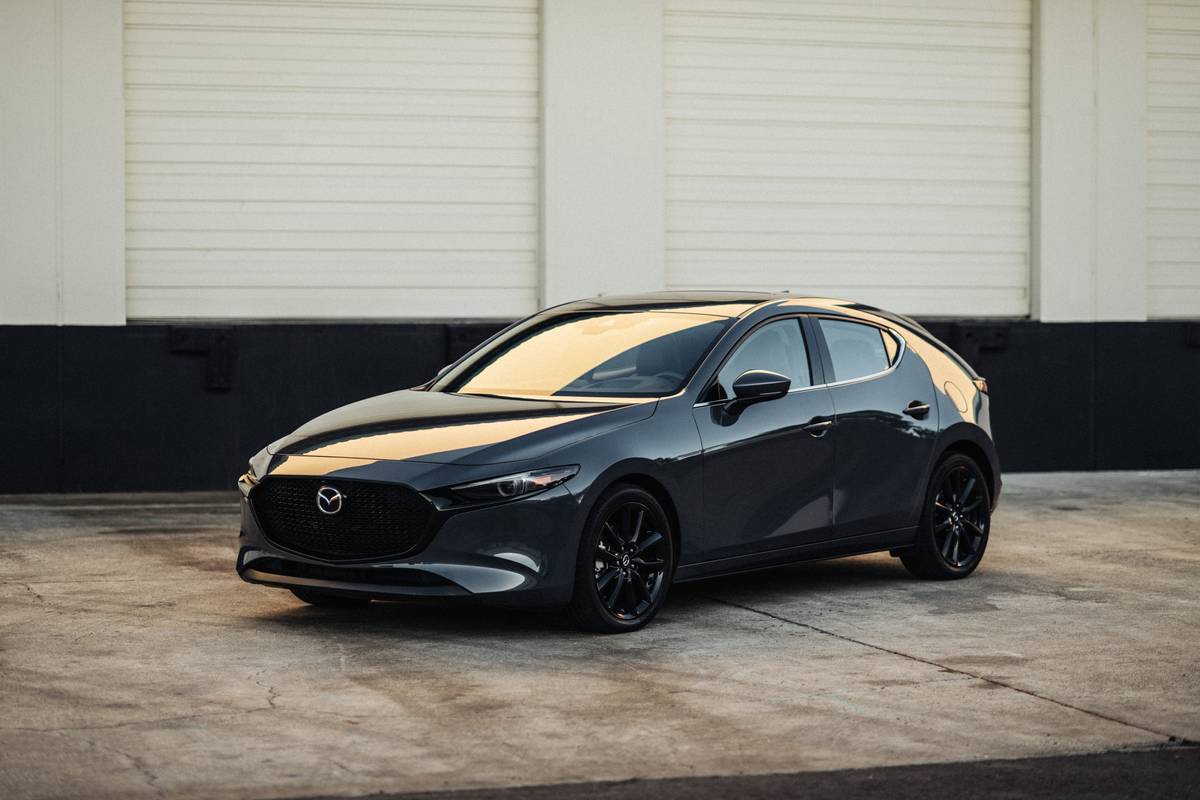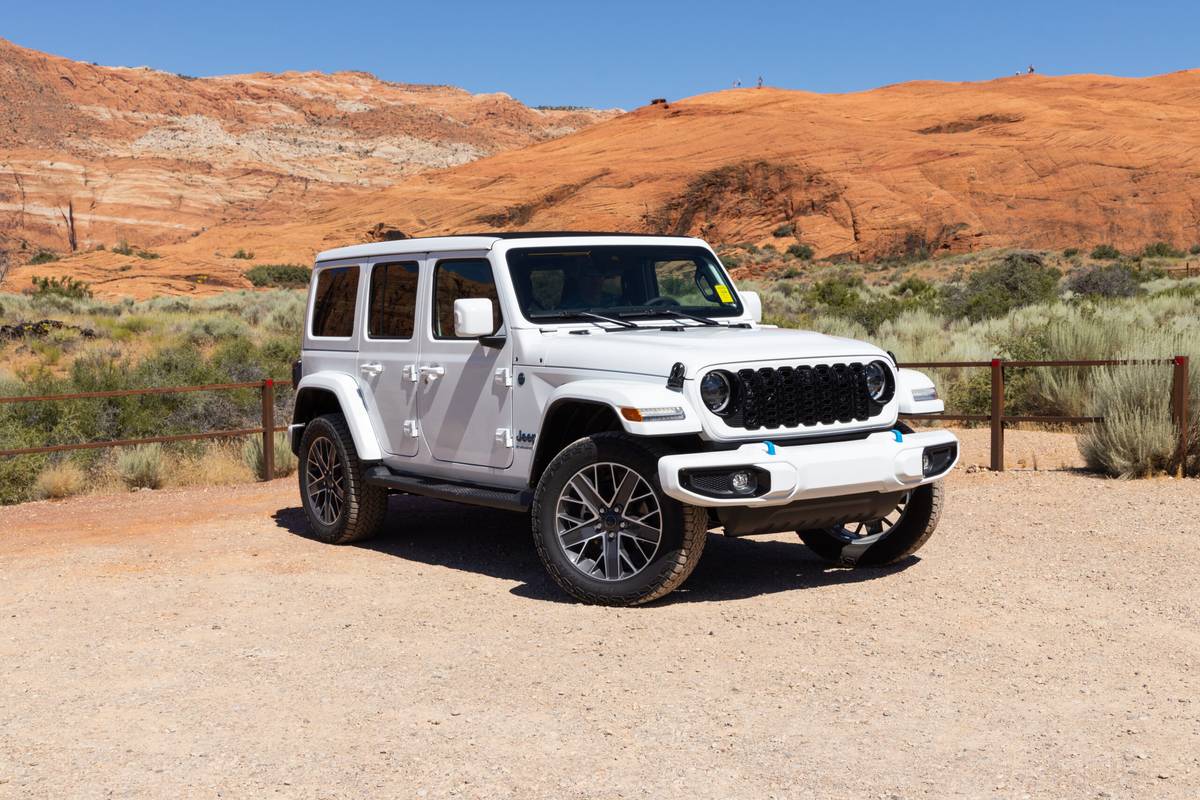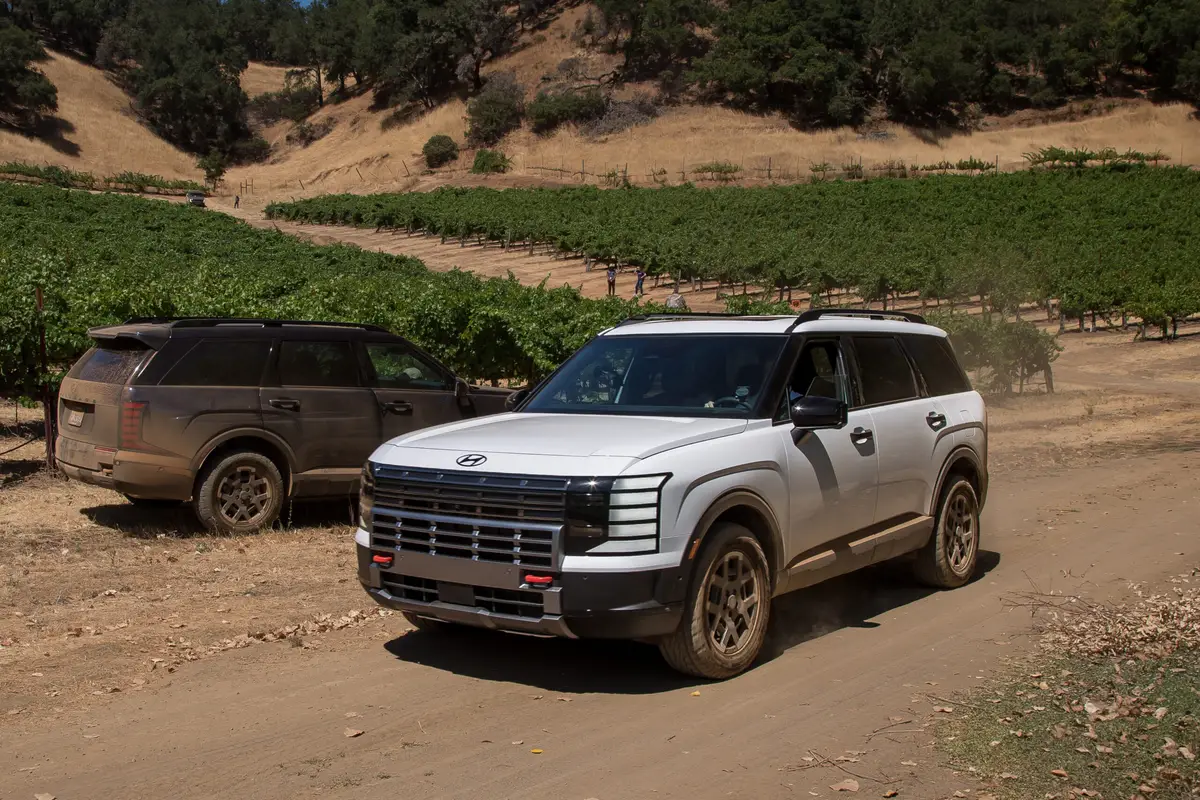Our view: 2007 Saab 9-7X

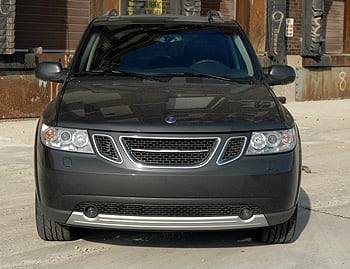
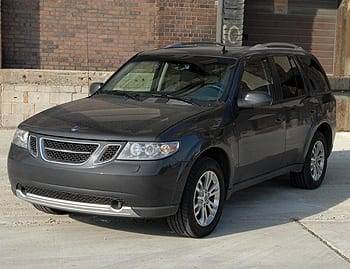

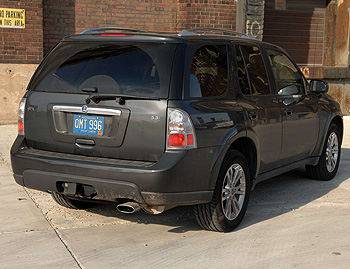
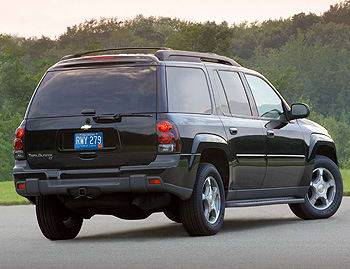
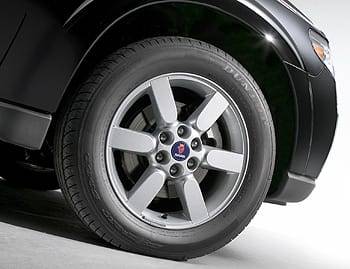
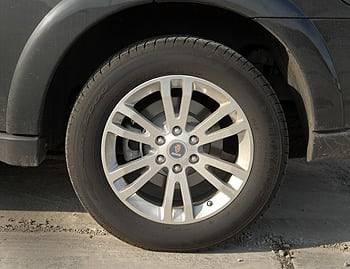
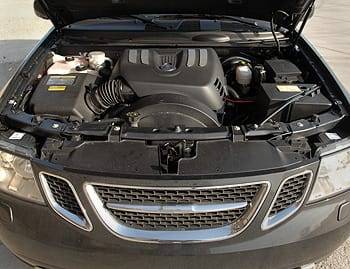
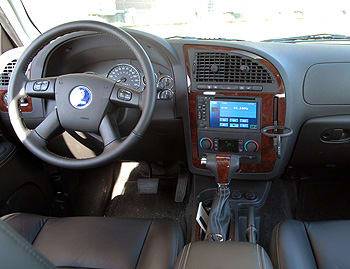

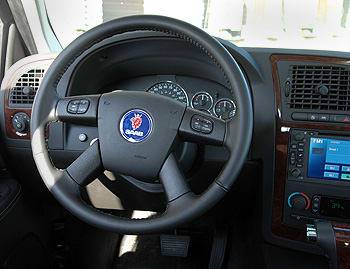
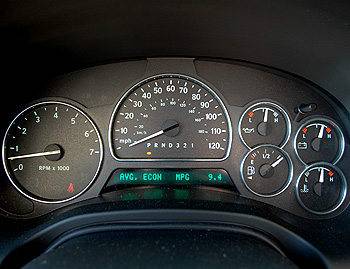
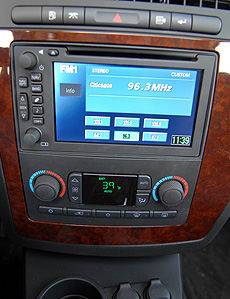
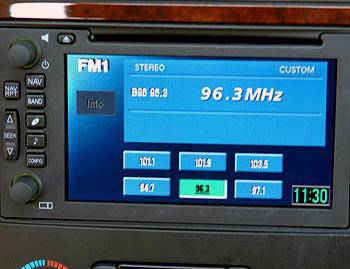

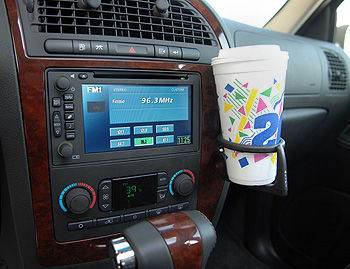
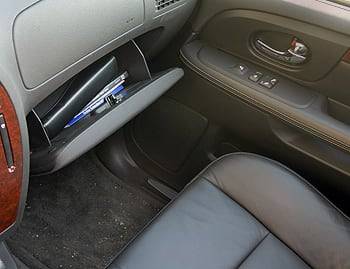
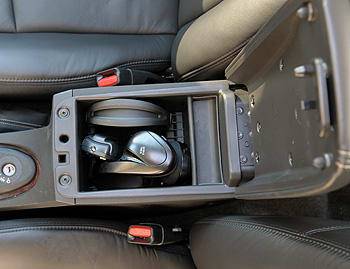
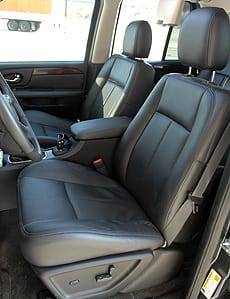
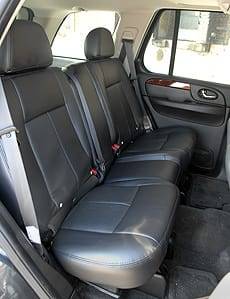
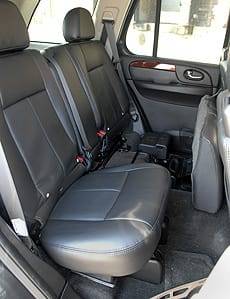
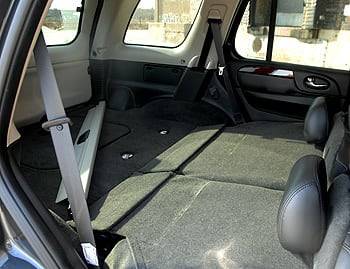
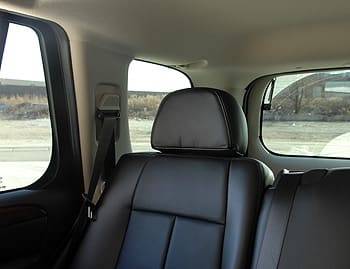
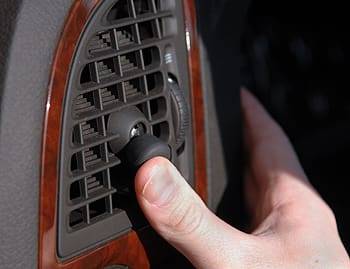
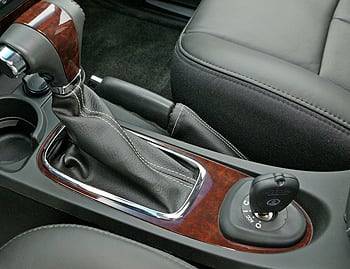
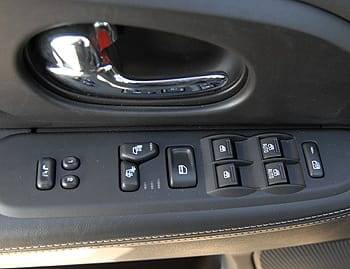
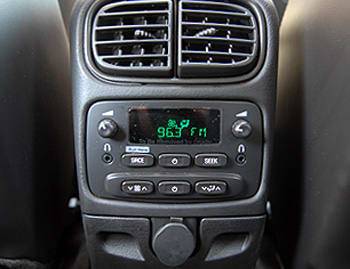



























Don’t let the sleek styling fool you: With its truck-based underpinnings, outdated drivetrain and drab interior, Saab’s all-wheel-drive 9-7X is an archetype of yesterday’s midsize SUV — powerful and comfortable, but inefficient and rough around the edges. Its frontal crash-test ratings leave something to be desired, too. It’s no surprise drivers are leaving this segment for car-based crossover SUVs, which offer similar utility but better road manners and gas mileage. Unless you’re looking for serious towing power, do as most do: Pass up the 9-7X in favor of a Lexus RX 350, GMC Acadia or other crossover.
Traditional SUV Strengths
Saab says it hustled the 9-7X to market in 2005 to stem the flow of owners leaving the brand to buy an SUV. To make it happen, the Swedish automaker called on parent company GM, whose midsize SUV platform — think Chevrolet TrailBlazer and GMC Envoy — seemed like a good candidate to bring Saab into the SUV fold.
Saab’s 9-7X uses that GM platform, but its sheet metal, interior and chassis have been modified. The drivetrains remain the same: A 4.2-liter six-cylinder with 290 horsepower and 277 pounds-feet of torque goes in the 9-7X 4.2i, while a 5.3-liter V-8 with 302 hp and 330 pounds-feet of torque powers the 9-7X 5.3i. Both engines team with a four-speed automatic transmission, and all-wheel drive is standard.
My test car had the V-8, which proved to be an excellent motivator. After a moment of accelerator lag, there’s plenty of oomph right from the start, and the power builds smoothly as you speed up. Contrast that with many crossovers, whose technology-laden V-6s need to be revved higher to produce strong acceleration.
The four-speed automatic wastes little time reaching top gear, though its shifts sometimes feel abrupt along the way. Thanks to the engine’s prodigious torque, the transmission seldom needs to downshift, so passing power is seamless. I had no trouble hustling from 60 to 70 mph in fourth gear at 2,200 rpm.
Add a trailer hitch, and Saab says the 9-7X 5.3i can tow up to 6,500 pounds. The six-cylinder version tows 5,500 pounds — still more than double some of its car-based competitors.
Traditional SUV Weaknesses
As with most truck-based SUVs, the 9-7X’s biggest problem is its dismal gas mileage. Even with a cylinder deactivation feature that cuts fuel delivery under low-load conditions, the 9-7X 5.3i is rated at just 15 mpg in the city and 21 mpg on the highway. The 4.2i, which doesn’t have cylinder deactivation, achieves identical ratings.
Partly to blame is the four-speed automatic. Five- and six-speed transmissions have rapidly become the norm, and they offer incrementally better fuel economy — as high as 8 percent better than four-speed gearboxes, according to Automotive News.
Click here to see how the 9-7X’s gas mileage stacks up against truck-based competitors, and here to see how it does against car-based crossover SUVs. Bear in mind that premium fuel is recommended for Lexus’ RX 350, while all the others in these comparisons can run on regular gasoline. The 9-7X’s gas mileage ranks about even with its truck-based competitors but is noticeably worse than the crossovers.
Poor fuel efficiency isn’t the Saab’s only shortcoming. Despite having a chassis tuned for more carlike dynamics, I thought the 9-7X’s body-on-frame layout made for a rather trucklike ride. Potholes induce enough cabin disturbances to make the armrests and center console quiver. On all but the smoothest pavement, highway speeds are accompanied by a discomforting case of the jitters.
The steering wheel feels more communicative than most in this class, but that isn’t saying much. It turns effortlessly, rendering course changes without undue sloppiness, and it firms up at higher speeds, imparting more carlike responses.
The suspension offers a sportier ride than that of the Saab’s GM siblings. It encourages spirited cornering thanks to commendably little body roll, but it also offers little warning when the tires have reached their handling limits. Steer through a twisty corner too fast, and the rear wheels can slip even while the suspension maintains its poise.
Four-wheel-disc antilock brakes are standard. The pedal feels spongy, and heavy braking causes the suspension to dive forward — typical of truck-based SUVs, but something many of the 9-7X’s car-based competitors have managed to mitigate.
A Chevy in Saab Clothing
Thanks to its integrated bumpers, headlights and grille, the 9-7X’s front end looks much more upscale than those of its GM stablemates. In back, however, it’s the same old story: The tailgate leaves considerable gaps where it shuts, and the fender flares are little more than molded strips. These sorts of detail lapses might be acceptable from a lesser brand, but luxury shoppers expect more.
Inside, the dashboard has elements that recall Saab’s cars — like crisscrossing air vents and a center console-mounted keyhole — but the overall shape still took form six years ago in a TrailBlazer. The design looks even more outdated when stacked against the modern cabins in GM’s latest full-size SUVs. In comparison, the 9-7X’s plastic moldings and ’90s-era controls are low-rent, not near-luxury.
The front seats feel comfortably wide and good for the long haul. Anyone more than a few inches over 6 feet could get cramped, however, as the seats don’t move back very far. There isn’t much storage space, either, with a small glove compartment and narrow door pockets. Those who pony up for the rear-seat DVD entertainment system should note that the remote control and dual headsets take up all of the space in the center console compartment.
In back, the three-seat second row sits low to the ground, which left me short on thigh support. Legroom in the outboard seats is adequate. A third-row seat is not offered.
With the second row folded, the 9-7X offers 80.1 cubic inches of maximum cargo volume — more than most of its competitors. The cargo area proved just big enough to fit a 60-inch TV that a friend of mine bought and needed help with. (Obviously, he is not a journalist.)
Safety
The Insurance Institute for Highway Safety, Cars.com’s preferred tester, has not crash-tested the 2007 9-7X or its siblings. In frontal crash tests, the National Highway Traffic Safety Administration awarded the 9-7X three out of five stars for driver safety and four out of five stars for front passenger safety. Both ratings trail those that NHTSA awarded to many 9-7X competitors.
Neither NHTSA nor IIHS has administered side-impact crash tests for the 9-7X, but the organization did award the SUV a rollover rating of four out of five stars.
Standard safety features in the 9-7X include side curtain airbags that can maintain inflation a few moments longer during a rollover, as well as four-wheel-disc antilock brakes, traction control and an electronic stability system.
Inside, all outboard seats have head restraints. Latch child-seat anchors come in the outboard rear seats, and top-tether anchors are installed in the floor behind. The setup seems needlessly cumbersome, as the lower anchors are buried beneath a flap at the base of each backrest. Reaching them requires flipping the seat cushion forward to lift the flap, which looks unsightly when the child seat has been removed. You’ll need to flip the cushions forward to stow the flaps, then repeat the whole maneuver next time.
Features & Long-Term Ownership
Starting at $39,190 without the destination charge, the 9-7X 4.2i comes with 18-inch alloy wheels, heated leather upholstery, a six-CD audio system, dual-zone automatic climate control, a moonroof and power front seats. For $2,000 more, the 9-7X 5.3i swaps the six-cylinder for a V-8 and adds a handful of other features. Options include a navigation system and a rear-seat DVD entertainment system.
Using Cars.com’s Total Cost of Ownership comparison tool, here’s how the 9-7X stacks up against two of its competitors over five years:
| Total Cost of Ownership, Five Years | |||||||||||||||||||||||||||||||||||||||
|---|---|---|---|---|---|---|---|---|---|---|---|---|---|---|---|---|---|---|---|---|---|---|---|---|---|---|---|---|---|---|---|---|---|---|---|---|---|---|---|
| 2007 Saab 9-7X 5.3i | 2007 Lexus RX 350 AWD | 2007 Jeep Grand Cherokee 4×4 Overland | |||||||||||||||||||||||||||||||||||||
| Original MSRP | $41,190 | $38,800 | $42,690 | ||||||||||||||||||||||||||||||||||||
| Depreciation | $23,906 | $18,908 | $24,869 | ||||||||||||||||||||||||||||||||||||
| Fees & taxes | $2,673 | $2,688 | $2,716 | ||||||||||||||||||||||||||||||||||||
| Financing | $6,242 | $6,469 | $6,339 | ||||||||||||||||||||||||||||||||||||
| Insurance | $7,960 | $7,315 | $10,752 | ||||||||||||||||||||||||||||||||||||
| Fuel | $10,929 | $9,692 | $11,633 | ||||||||||||||||||||||||||||||||||||
| Maintenance | $3,038 | $2,534 | $3,295 | ||||||||||||||||||||||||||||||||||||
| Opportunity cost | $6,079 | $5,848 | $6,683 | ||||||||||||||||||||||||||||||||||||
| Repairs | $1,182 | $907 | $907 | ||||||||||||||||||||||||||||||||||||
| TOTAL | $62,009 | $54,361 | $67,194 | ||||||||||||||||||||||||||||||||||||
| Values based on national averages at time of publication; your state may vary. For more details, see the Total Cost of Ownership feature under each vehicle summary in Cars.com’s Research section. | |||||||||||||||||||||||||||||||||||||||
Saab 9-7X in the Market
Saab spokesman Jan-Willem Vester conceded the 9-7X is not a final solution to the brand’s need for an SUV. That could come down the road, as Vester said Saab is busy developing a new SUV from the ground up.
For now, SUV shoppers should look elsewhere. The 9-7X’s raft of standard features, including an electronic stability system, deserves some credit, but many competitors offer similar equipment — not to mention a third-row seat, better front crash-test ratings and superior gas mileage.
There is no hiding the fact that the 9-7X is built on dated architecture. It’s yesterday’s car, and in an age of fast-changing designs and increasing choices, there are better ways to spend $40,000.
| Send Kelsey an email |

Former Assistant Managing Editor-News Kelsey Mays likes quality, reliability, safety and practicality. But he also likes a fair price.
Latest news
